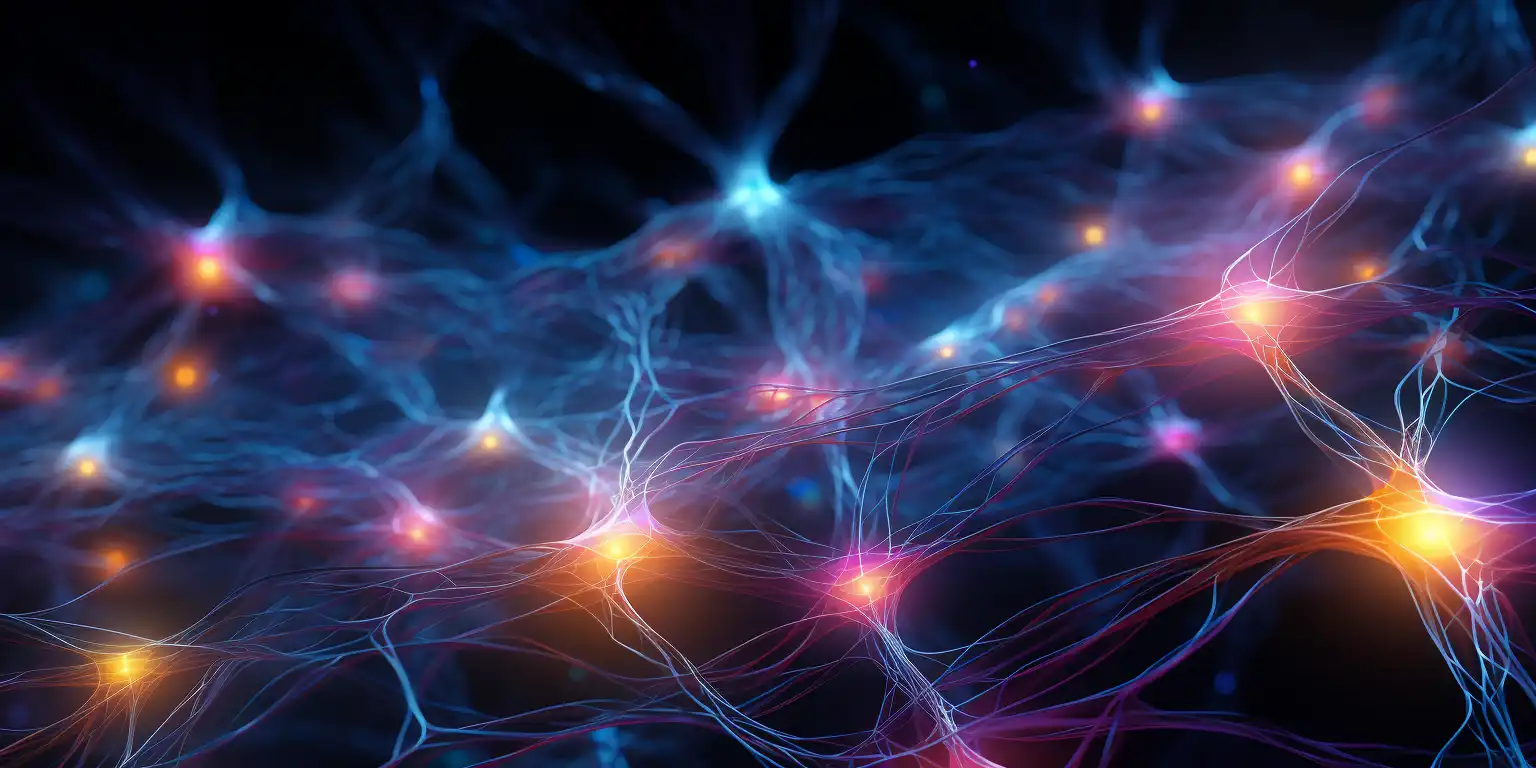Imagine a world where computers think and adapt like the human brain, continuously adjusting their connections for optimal performance. Sounds like sci-fi, right? Well, a team of scientists from Germany and the UK have brought us a step closer to this reality.
➜ The Big Breakthrough
Researchers led by Prof. Wolfram Pernice, Prof. Martin Salinga, and computer whiz Prof. Benjamin Risse from the University of Münster have crafted an event-based architecture using photonic processors. This tech marvel allows data to be transported and processed using light, mirroring the brain’s ability to adapt its neural connections continuously. This adaptability is crucial for learning processes.
➜ Why This Matters
Modern AI applications are pushing our current digital computer processes to the brink. The solution? Computing architectures that mimic biological neural networks. These promise swifter, more energy-efficient data processing. And with this new light-based approach, we’re looking at a future where AI computations are faster and more energy-conserving.
➜ The Nitty-Gritty of the Tech
For a machine learning neural network to function, it requires artificial neurons activated by external signals. These neurons connect to others through synapses, similar to their biological counterparts. The Münster team’s network boasts nearly 8,400 optical neurons crafted from waveguide-coupled phase-change material. They demonstrated that these neuron connections can strengthen, weaken, form anew, or even vanish. Unlike other studies, these synapses weren’t hardware elements but were determined by the properties of the optical pulses, allowing the integration of thousands of neurons on a single chip.
➜ The Advantages of Light-Based Processors
Their light-based counterparts offer a much higher bandwidth than traditional electronic processors. This means they can handle intricate computing tasks while consuming less energy. Frank Brückerhoff-Plückelmann, one of the lead authors, envisions an optical computing architecture that can swiftly and efficiently handle AI applications in the future.
➜ Testing the Waters
So, how did they test this groundbreaking tech? The team used a non-volatile phase-change material that can toggle between amorphous and crystalline structures, allowing for permanent data storage without power. They then trained the neural network using an evolutionary algorithm to differentiate between German and English texts, focusing on the number of vowels as the distinguishing factor.
“Our aim is to develop an optical computing architecture which in the long term will make it possible to compute AI applications in a rapid and energy-efficient way,” says Frank Brückerhoff-Plückelmann.
This breakthrough is a game-changer in the world of AI and computing. The blend of biology-inspired architecture with the efficiency of light-based processing could redefine how we perceive and use technology. And with platforms like NeuralWit at the forefront of AI advancements, the future looks incredibly bright (pun intended).


